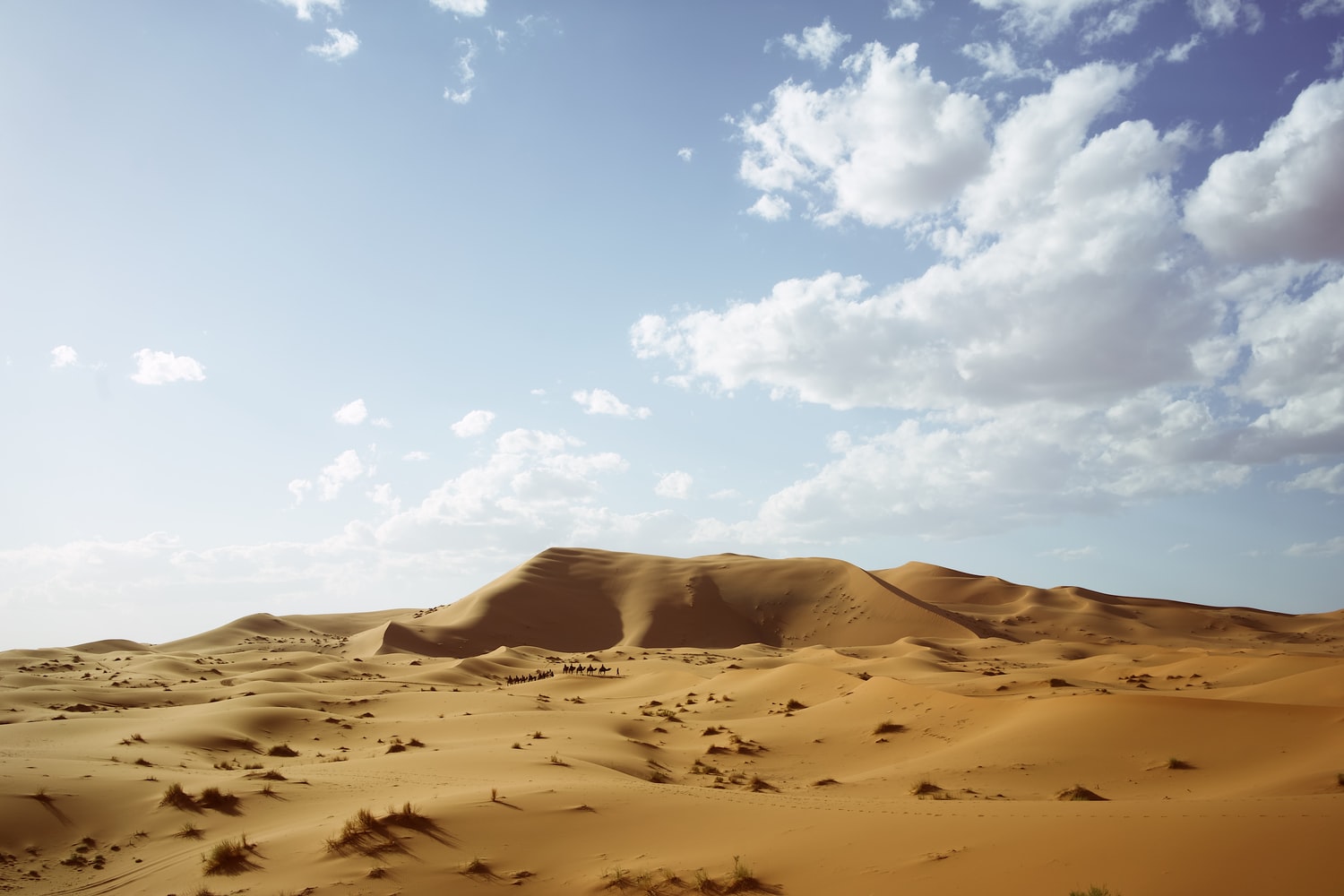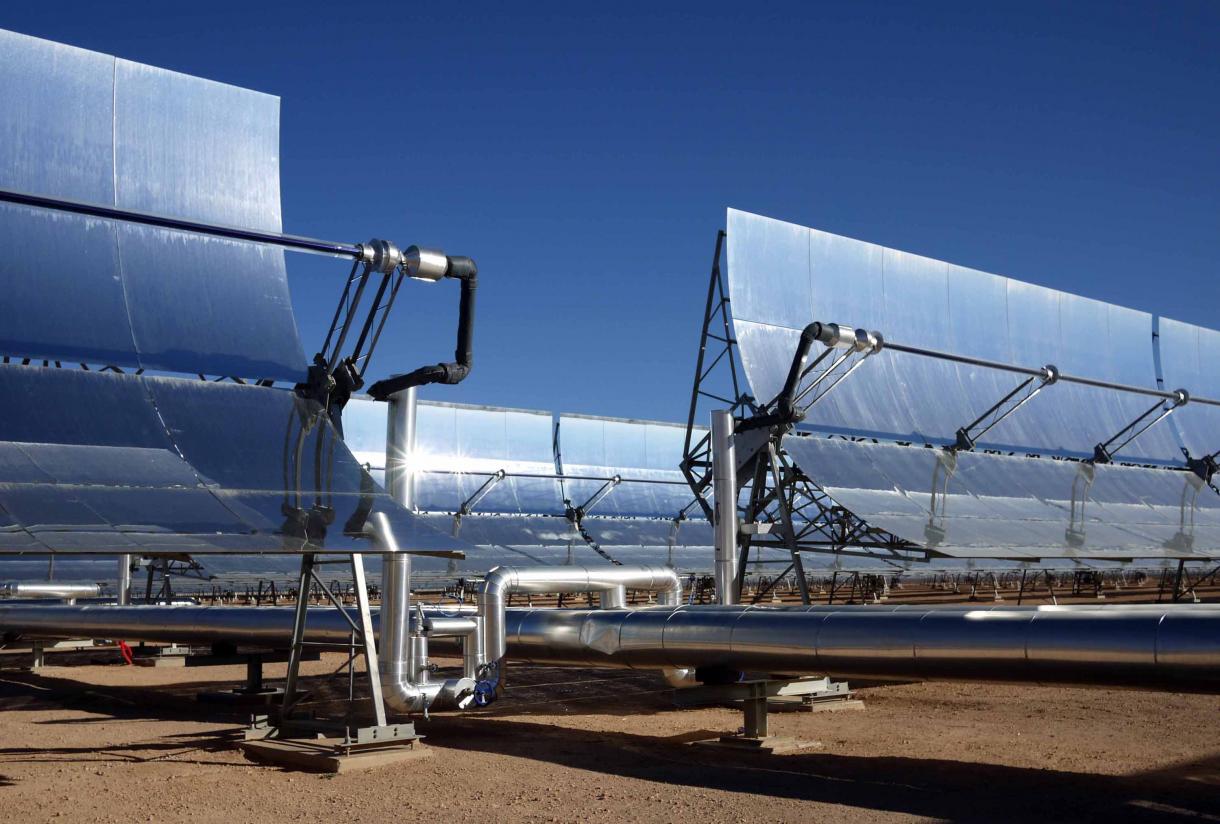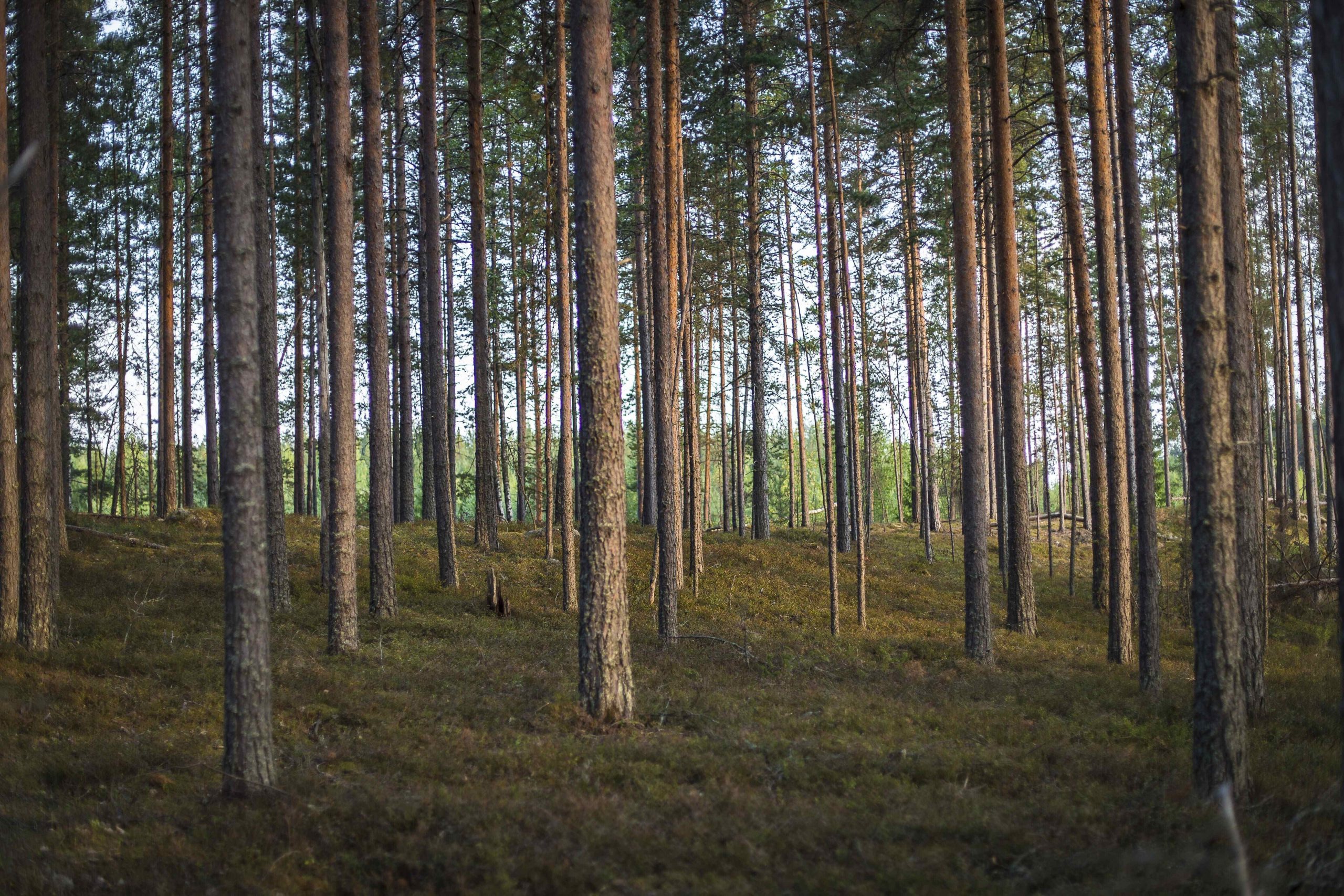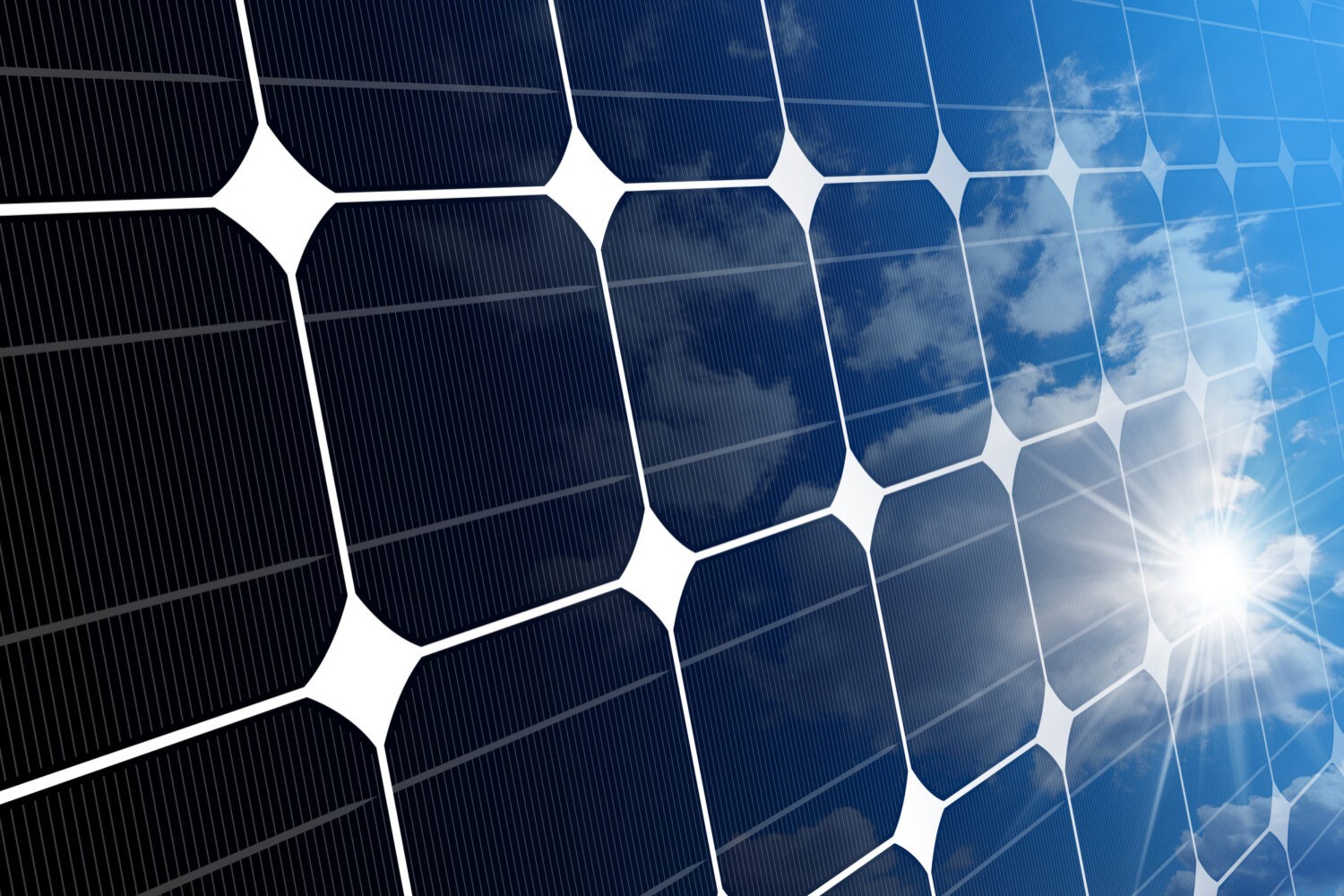
Morocco, pioneer of a sustainable revolution
The North African country plans to reach 52% of energy mix by 2030.
The World Economic Forum (WEF) published its energy transition index for 2021, which benchmarks 115 countries on the performance of their energy systems, considering environmental sustainability, energy security and access to resources. Morocco was ranked 66th. In the Maghreb region, the Kingdom continues to lead the group ahead of Algeria (79th) and Tunisia (88th), while Mauritania and Libya are not yet included in this ranking. On the African continent, Morocco ranks fourth, behind Ghana (56th), Namibia (59th) and Kenya (61st).
According to the report, Morocco is accelerating progress towards a secure and sustainable energy transition, considering all the investments of the last few years. A recent report by the Arab Petroleum Investment Corporation (Apicorp) confirms that, predicting that thanks to its multiple low-cost gas resources and its progress in renewable energy, the MENA area will soon experience a major development, that will make it a key region in the export of blue and green hydrogen. Morocco is also among the top 5 emerging countries in Africa in 2020 according to the Route 66 magazine ranking.
Morocco is among the countries most likely to embark on a safe and sustainable energy transition, thanks to the many investments made in recent years.
As reported by Atalayar magazine, the Moroccan Minister of Energy, Mines and Environment, Azaz Rebbah, informed the Chamber of Advisors that by 2030, Morocco will cross 52% of its energy mix. He further noted this could be achieved even before 2026 with more investments in sustainability and reducing the environmental impact. The investments will largely go to hydrogen and bioenergy.
According to Aujourd’hui Le Maroc, Morocco was already predicted to become an international benchmark for the production and exportation of green hydrogen by a study in 2018.

Ain Beni Mathar integrated thermosolar combined cycle power plant in northeastern Morocco.
This is reflected for instance in the Germany-Morocco Hydrogen Agreement, which was signed in Berlin in June 2020 and provides for the Federal Republic to support Morocco in constructing a hydrogen production plant and with the subsequent production of green hydrogen. Resources to the tune of €300 million have already been pledged for this – an investment that will allow Germany to source green hydrogen from Morocco in the future. But there is still a long way to go until Morocco is in a position to export green hydrogen, and for sure it must first produce far more electricity from renewable source. In 2019, just 4% of all electricity produced came from solar panels (1,581 GWh), 12% from wind power (4,587 GWh) and 4% from hydropower (1,654 GWh).

The central solar power plant Noor Ouarzazate.
For another thing, the Kingdom of Morocco lacks the water that is needed for hydrogen production. The scarce freshwater resources are the subject of local conflicts and place strict limits on small-scale agriculture. For this reason, Morocco is looking to extract the freshwater required from desalination plants. But these will also have to be powered by green electricity in order for the hydrogen produced to be genuinely climate-neutral. In other words, more solar power will be required.
In view of this, the International Renewable Energy Agency (IRENA) and the Ministry of Energy, Mines and Environment (MEME) of the Kingdom of Morocco have signed an agreement to strengthen joint collaboration to advance knowledge in renewable energy and to accelerate the energy transition.
Morocco is also home to the world’s largest concentrated solar farm, the Noor Ouarzazate, in operation since 2018. This project, which combines thermodynamic solar and photovoltaic, underlines the country’s determination to reduce dependence on fossil fuels, of which Morocco is one of the main importers in North Africa.
On the photovoltaic front, the country can also boast of the construction of the impressive Noor Ouarzazate solar plant, in operation since 2018.
Built on an area of more than 3,000 hectares – the size of 3,500 football fields – the Noor Ouarzazate complex, produces enough electricity (580MG) to power a city the size of Prague, or twice the size of Marrakesh. The performance of the facility is provided also by parabolic mirrors – we mentioned them here – by using the strategic position on the edge of the Sahara Desert, where direct sunlight is guaranteed all year round. According to the World Bank, which financed the construction of Noor Ouarzazate complex with a $400 million loan, along with $216 million by Clean Technology Fund, the plant is expected to reduce carbon emissions by 760,000 tons per year which could mean a reduction of 17.5 million tons of carbon emissions over 25 years.
One of the main obstacles for energy transition is the high cost of photovoltaic solar panels. A recent report by IEA shows how the health crisis due to COVID-19 has forced governments to shift their immediate priorities to purely emergency measures, resulting in a lack of financing available for expanding and improving electricity infrastructure.

